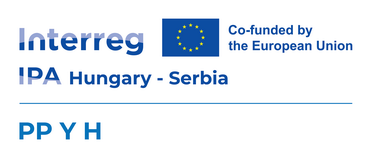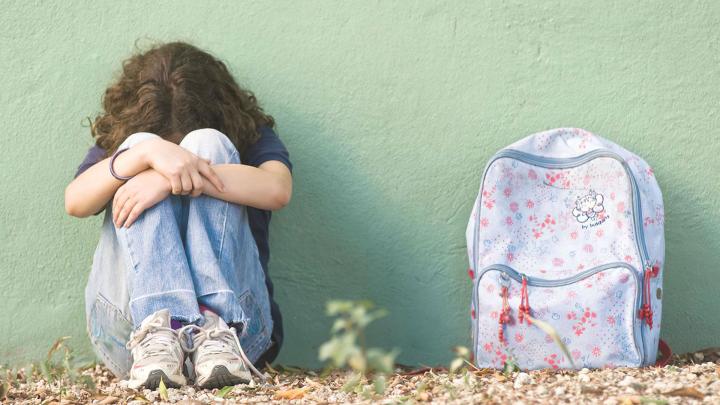The article deals with the topic of violence between students, that is, violence between peers, which is significantly different from ordinary childhood arguments and conflicts.
Violence between students is repeated, intentional abuse, where the goal is to hurt the victim, and the attacker is stronger or more powerful than the abused. It can take different forms, such as physical violence, verbal abuse (swearing, mocking), social exclusion, and digital, or cyberbullying, where children are harassed, threatened, or shamed online.
The article presents in detail the psychological background of abusers, who often feel that violence is a legitimate way to solve problems. It also emphasizes that although abusers have often experienced some form of violence, there is not always a direct connection between family background and abusive behavior.
The causes of violence among students are complex, and family environment, social influences, lack of communication skills, and social media that fosters close relationships can also play a significant role. The article highlights that a supportive environment and building self-confidence are essential for abused children, which should be provided at both family and school levels.
Education and awareness-raising are key to preventing the problem. The article recommends that regular educational programs, seminars and school sessions be used to raise awareness of abuse among children and adults, so that they can recognize and appropriately deal with situations. The role of parents, teachers and communities is essential in prevention and solving the problem.
Finally, the article encourages all adults to actively participate in supporting children and not to ignore signs of abuse.
Society must act together against violence among students and ensure that young people have a safe, supportive environment to deal with their problems.
The article is available in Serbian at the following link:
https://krugzdravlja.rs/vrsnjacko-nasilje/ (English translation)






